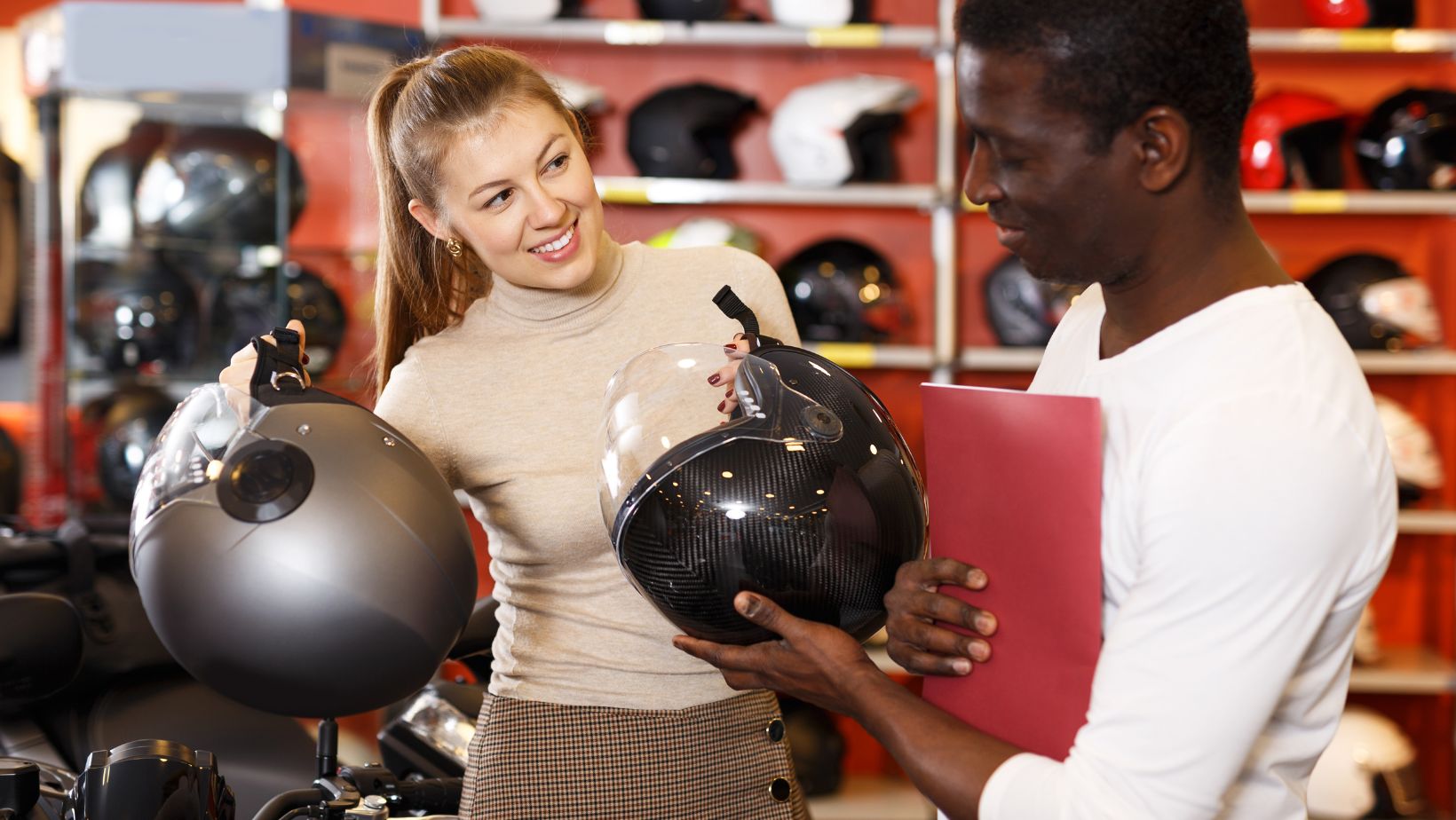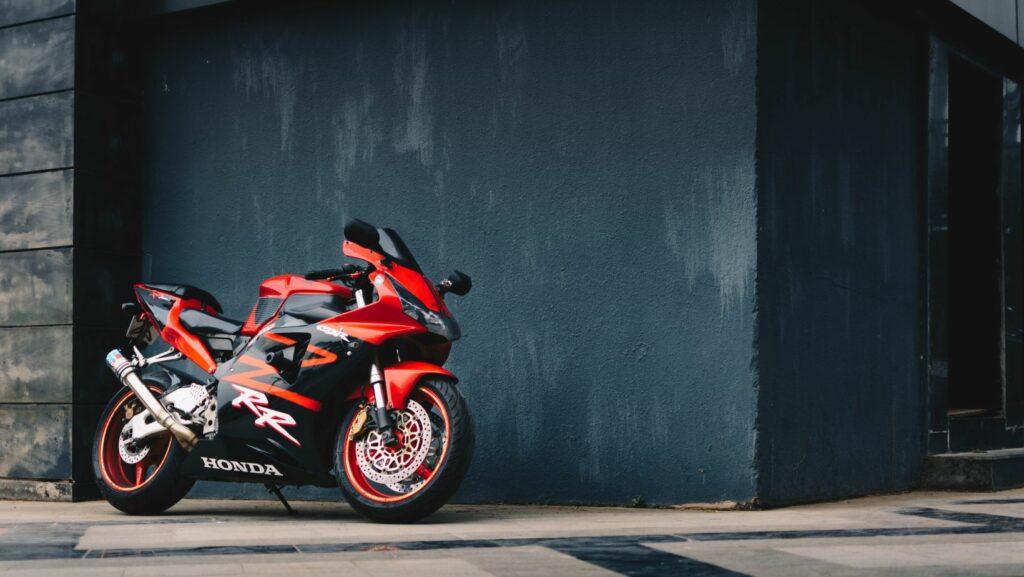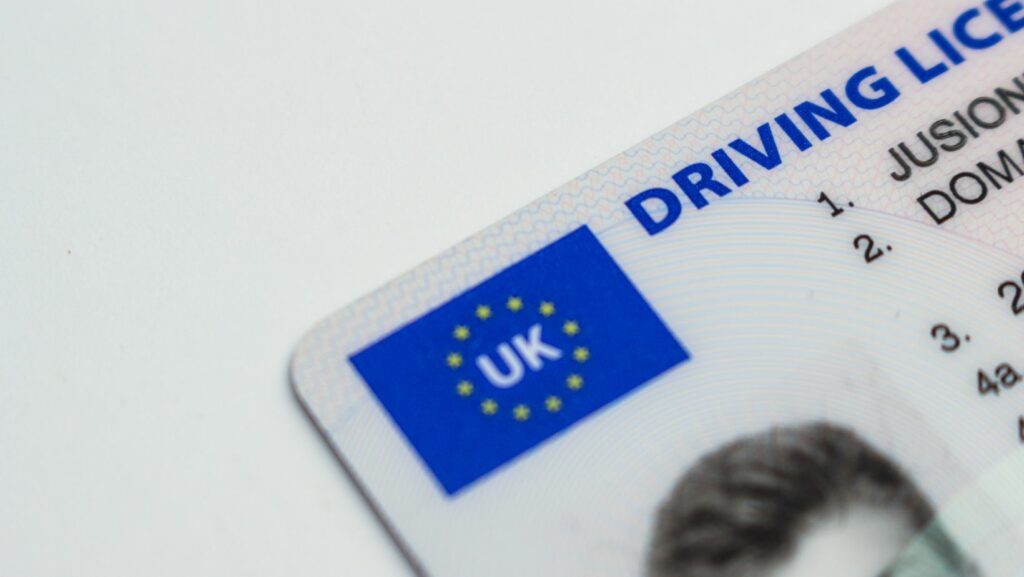
When it comes to riding a Honda motorcycle, having the right gear is essential for both safety and comfort. From helmets to gloves, jackets to boots, Honda offers a wide range of high-quality motorcycle gear that is designed to enhance your riding experience. In this article, I’ll be exploring some of the best equipment options from Honda that every rider should consider.
One of the key pieces of gear that should never be overlooked is a reliable helmet. Honda offers a variety of helmets with advanced features such as ventilation systems, anti-fog visors, and Bluetooth connectivity. These helmets are not only stylish but also provide the necessary protection for your head in case of an accident.
Choosing the Right Honda Motorcycle Gear
The Importance of Protective Gear
When it comes to riding a Honda motorcycle, safety should always be a top priority. Wearing the appropriate protective gear can significantly reduce the risk of injuries in case of an accident or unexpected circumstances on the road. Whether you’re a seasoned rider or just starting out, investing in high-quality gear is crucial for your well-being.
Understanding Different Types of Honda Motorcycle Gear
Honda offers a wide range of motorcycle gear designed to enhance both comfort and safety during rides. Here are some common types of gear you may want to consider:
- Helmets: Ensure proper protection for your head by choosing full-face helmets, modular helmets, or open-face helmets based on personal preference and riding style.
- Jackets: Opt for jackets made from durable materials like leather or textile with reinforced padding in critical areas such as elbows, shoulders, and back.
- Gloves: Protect your hands from blisters, abrasions, and weather conditions by selecting gloves with good ventilation and strong grip capabilities.
- Boots: Invest in sturdy boots that provide ankle support and have oil-resistant soles for optimal traction on various surfaces.
Factors to Consider When Choosing the Right Gear
Selecting suitable motorcycle gear involves considering several factors to ensure maximum comfort, functionality, and protection:
- Fit: Proper fit is essential for effective protection. Make sure the gear fits snugly but allows freedom of movement without feeling too tight or restrictive.
- Material: Look for gear made from high-quality materials that are abrasion-resistant, waterproof, and breathable for optimal comfort.
- Safety Standards: Check if the gear meets safety standards set by reputable organizations such as DOT (Department of Transportation) or ECE (Economic Commission for Europe).
- Climate: Consider the weather conditions you’ll be riding in and choose gear that offers appropriate insulation or ventilation to keep you comfortable.
- Budget: While it’s important to invest in quality gear, consider your budget and look for options that provide a balance between affordability and performance.
By carefully considering the importance of protective gear, understanding different types available from Honda, and evaluating key factors when choosing the right gear, you can make informed decisions that prioritize your safety while enhancing your riding experience. Remember, wearing the proper Honda motorcycle gear not only protects you but also adds style and confidence to your journey on two wheels. Stay safe out there! Helmet: Your Ultimate Safety Gear
- According to the National Highway Traffic Safety Administration (NHTSA), wearing a helmet while riding can reduce the risk of death by 37%.
- A study published in the Journal of Trauma and Acute Care Surgery found that riders without helmets were 2.5 times more likely to suffer traumatic brain injuries compared to those who wore helmets.
- In another study conducted by the Centers for Disease Control and Prevention (CDC), it was revealed that helmets saved an estimated 1,859 lives in one year alone.

Honda Motorcycle Gear
- Fit: A helmet should fit snugly on your head without being too tight or uncomfortable. It should stay securely in place even during sudden movements or impacts.
- Certification: Look for helmets that meet safety standards set by organizations such as DOT (Department of Transportation) or Snell Memorial Foundation. These certifications ensure that the helmet has undergone rigorous testing and meets specific performance criteria.
- Material: Helmets are typically made from polycarbonate, fiberglass composite, or carbon fiber. Each material offers its own level of durability, weight, and impact resistance.
- Ventilation: Proper airflow is essential for comfort during long rides, especially in hot weather conditions. Look for helmets with effective ventilation systems to keep you cool and prevent fogging.
- Visor: A quality visor provides clear visibility while protecting your eyes from dust, debris, and wind fatigue. Some helmets also offer anti-fog coatings or built-in sun visors for added convenience.




